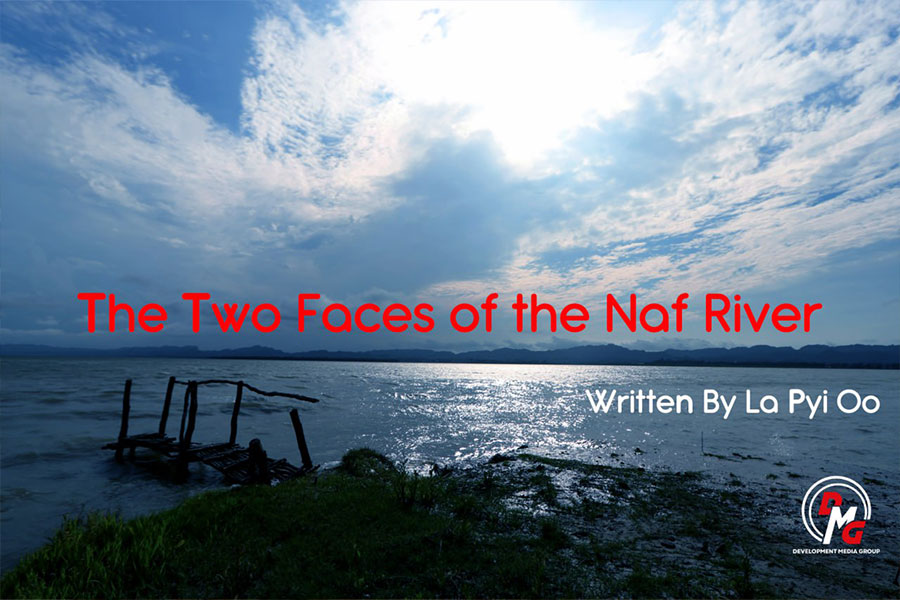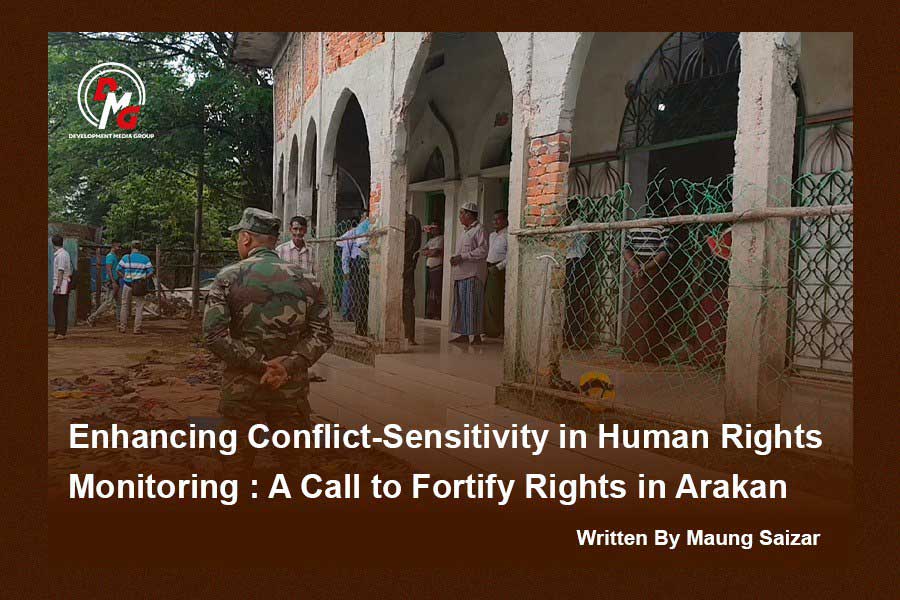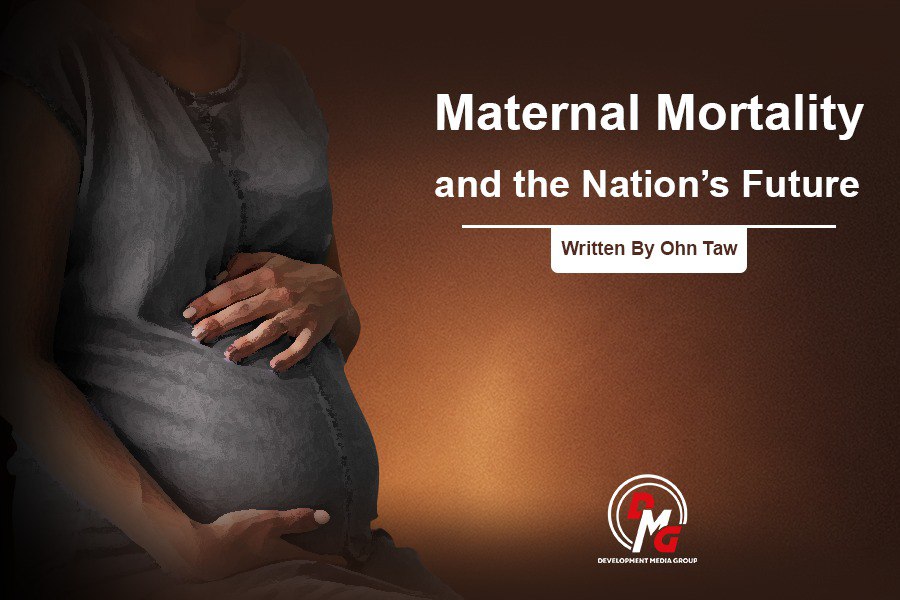- Fighting escalates between Myanmar military, Arakan Army in Ayeyarwady Region
- Regime steps up civilian arrests in Sittwe
- ULA safeguards Mrauk-U's ancient heritage
- Arakan on the Edge: What the DMG Landmine Impact Report Reveals About Myanmar's Deepening Humanitarian Crisis
- RNP chair U Ba Shein pledges renovation of Manaung Airport, solar plant
Editorial: Mrauk-U Must Not Become Collateral Damage
It was followed by fighting between the Myanmar military and the Arakan Army (AA) in 2019. Some town residents were killed by artillery strikes, others died in military custody, and some went missing during approximately two years of fighting that ended in late 2020. Sadly, there were also cases in which town residents died in AA custody.
07 Sep 2022

A land of ancient temples inscribed on UNESCO’s World Heritage List, Bagan is arguably the most important historical site in Myanmar, and is also a source of national pride for the Bamar people. The city is of great sentimental value to Bamar people, and so too is Mrauk-U to Arakanese people. The Arakanese people’s love for Mrauk-U is no less than Bamar people’s love for Bagan.
Mrauk-U was the last royal capital of Arakanese kings, and as such it is at the heart of the Arakanese people’s identity. August 28 marked the 592nd anniversary of the founding of the Mrauk-U Kingdom, where more than 40 Arakanese kings reigned over centuries.
The ruins of the city walls, moat, fort and palace mound, which represent some of the last remains of the Arakanese monarchy, can still be seen today within the ancient city’s boundaries.
Mrauk-U’s image was tarnished in early 2018 when police carried out a crackdown on local residents protesting against a government ban on celebrating the 233rd anniversary of the fall of the Arakan Kingdom. Seven local young men died in the crackdown, and eight others were imprisoned for eight months.
It was followed by fighting between the Myanmar military and the Arakan Army (AA) in 2019. Some town residents were killed by artillery strikes, others died in military custody, and some went missing during approximately two years of fighting that ended in late 2020. Sadly, there were also cases in which town residents died in AA custody.
The fighting inflicted damage on heritage buildings including pagodas, temples and other religious sites in Mrauk-U, some of which now bear evidence of shellings and gunshots. Cracks appeared in some religious buildings due to vibrations from shellings.
Located amid lush hills on the eastern bank of the Kaladan River in northern Arakan State, Mrauk-U used to be a major tourist attraction in Myanmar, and a significant source of foreign currency income for the country.
So town residents were thrown into a panic once again when junta troops entered the ancient city on September 4, firing shots indiscriminately and prompting AA chief Major-General Twan Mrat Naing to tweet that Mrauk-U was being held “hostage by the cowards who dare fight only against the unarmed civilians”.
No Arakanese people will be happy to see Mrauk-U under threat once again. However, some individuals who are dancing to the tune of the regime have been unacceptably tight-lipped about military conduct that endangers the ancient city.
It is dishonorable to exploit the Mrauk-U archaeological zone for military advantage, with complete disdain for ongoing efforts to secure its recognition as a UNESCO World Heritage Site.
Easily accessible by both road and waterways, Mrauk-U once enjoyed a certain degree of prosperity, but locals have started to feel uneasy as supplies to the town are delayed by the regime’s tightened checks and travel restrictions.
Though armed conflict is an inevitable consequence of unresolved political problems, if the barrel of the guns is trained on civilians and civilian/heritage infrastructure, it is no more a war and is rather violence and terrorism. Worse still, Mrauk-U is an especially sacred site for the Buddhist people.
DMG therefore urges the conflicting parties to do their utmost to spare the invaluable Mrauk-U from aerial bombardment, artillery shelling and small arms fire, so that the cultural heritage of the Arakanese people can be preserved for future generations.




















